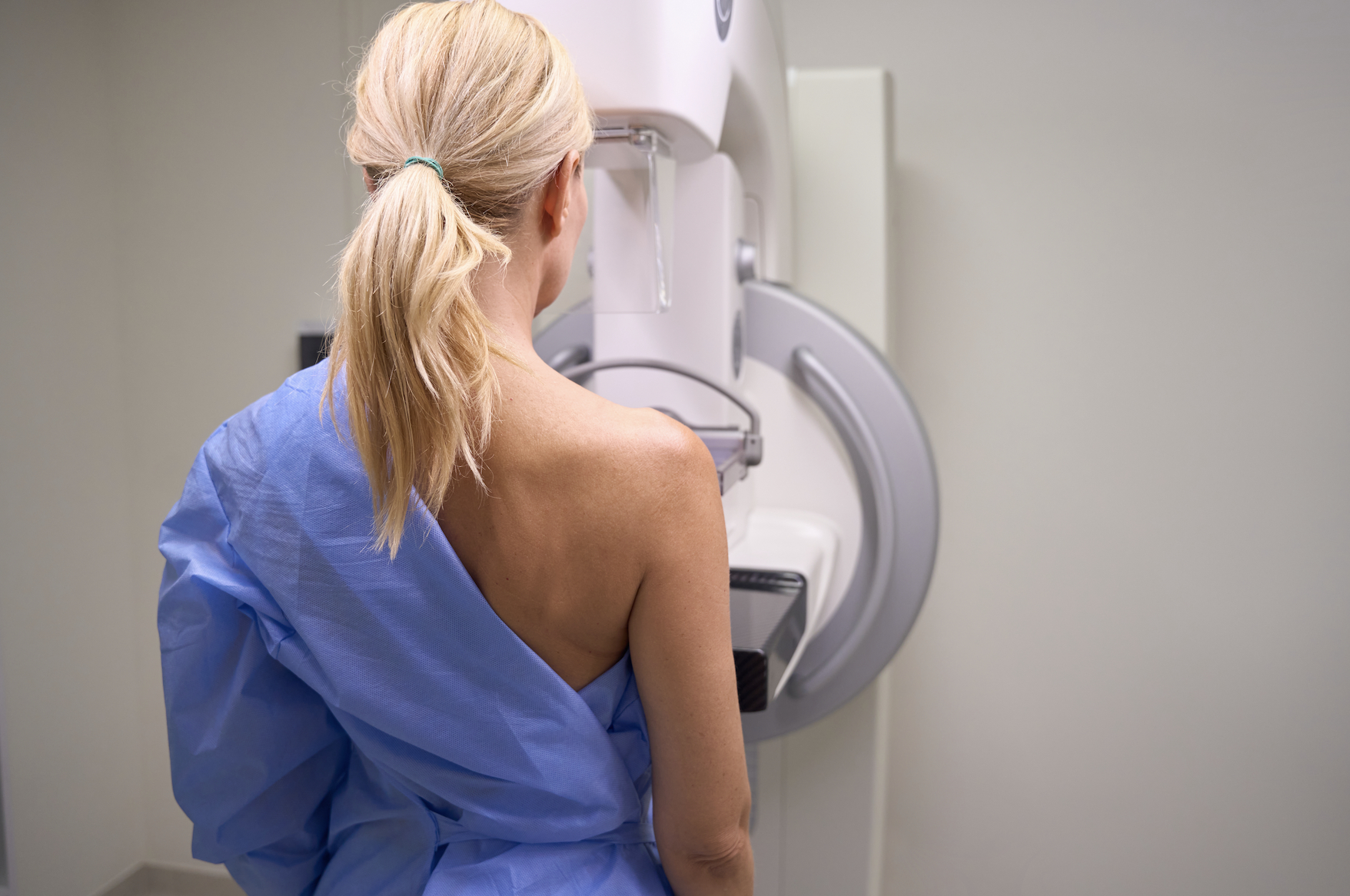
Dr Robert Louis, Empower360 Endowed Chair in Skull Base and Minimally Invasive Neurosurgery
Newport Beach, CA – The news that beloved “Piano Man” Billy Joel is stepping back from his tour dates to undergo surgery for Normal Pressure Hydrocephalus (NPH) has undoubtedly brought a wave of concern and curiosity. As a neurosurgeon, I want to take a moment to shed some light on this condition, offering a clear and empathetic understanding of what NPH is, its symptoms, how it’s diagnosed, and the treatments that can bring hope and healing.
For fans, hearing that an icon like Billy Joel is facing a health challenge can be unsettling. But it’s important to remember that NPH, while a serious brain disorder, is often treatable, and early intervention can make a significant difference. Mr. Joel’s candor in sharing his diagnosis brings crucial awareness to a condition that, unfortunately, is often misunderstood or misdiagnosed.
What is Normal Pressure Hydrocephalus?
Our brains are delicate organs, cushioned and nourished by a fluid called cerebrospinal fluid (CSF). This fluid circulates throughout the brain and spinal cord, providing vital protection and carrying away waste. In a healthy system, CSF is constantly produced and reabsorbed. However, with NPH, this balance is disrupted.
Normal Pressure Hydrocephalus occurs when there’s an accumulation of too much CSF in the brain’s ventricles – the fluid-filled chambers deep within the brain. While the “normal pressure” in the name might seem counterintuitive, it refers to the fact that the pressure of the CSF in the brain often remains within the normal range when measured by a spinal tap. The issue isn’t necessarily a sudden spike in pressure, but rather the ongoing accumulation and enlargement of these ventricles, which then put pressure on surrounding brain tissue. This can gradually affect brain function.
The exact cause of NPH isn’t always clear, but it’s more common in older adults and can sometimes be linked to past head injuries, brain infections, or certain medical conditions.
The “Triad” of Symptoms
One of the challenges with NPH is that its symptoms can often be mistaken for other conditions commonly associated with aging, such as Alzheimer’s disease or Parkinson’s disease. This is why awareness and careful diagnosis are so vital.
The classic symptoms of NPH are often referred to as the “triad”:
- Gait Disturbance (Difficulty Walking): This is often one of the first and most prominent symptoms. Individuals may experience a shuffling gait, as if their feet are “stuck to the floor” (sometimes called a “magnetic gait”). They might have trouble lifting their feet, initiating walking, making turns, or maintaining balance, leading to increased falls.
- Cognitive Impairment (Thinking Problems): This can manifest as problems with memory, forgetfulness, difficulty concentrating, slowed thinking, apathy, or challenges with planning and decision-making. Unlike some other forms of dementia, memory problems in NPH often involve difficulty retrieving information, rather than a complete loss of memory.
- Urinary Incontinence (Bladder Control Issues): This symptom can range from increased urinary frequency and urgency to a complete loss of bladder control.
It’s important to note that not everyone with NPH will experience all three symptoms, and their severity can vary.
How is NPH Diagnosed?
Given the overlap of symptoms with other conditions, diagnosing NPH requires a careful and comprehensive approach. It often involves:
- Detailed Medical History and Neurological Exam: Doctors will ask about symptoms, their onset, and progression, and perform a thorough physical and neurological assessment, paying close attention to gait, balance, and cognitive function.
- Brain Imaging (MRI or CT Scan): These scans are crucial for visualizing the brain and detecting enlarged ventricles, which are a hallmark of NPH. They also help rule out other conditions that might be causing similar symptoms.
- Lumbar Puncture (Spinal Tap) or Lumbar Drainage Trial: This is a key diagnostic step. In a lumbar puncture, a small amount of CSF is temporarily drained from the spinal canal. If the patient’s symptoms (particularly walking and cognitive function) show even a temporary improvement after the fluid removal, it strongly suggests NPH and indicates that a shunt might be effective. In some cases, a temporary lumbar drain may be placed for a few days to continuously drain CSF and assess symptom improvement over a longer period.
Treatment: A Path to Improvement
The good news about NPH is that it is often a treatable condition, and the primary treatment involves a surgical procedure to implant a shunt.
A shunt is a thin, flexible tube that is surgically placed into one of the brain’s ventricles. The other end of the tube is tunneled under the skin, usually to the abdomen, where the excess CSF can be safely absorbed by the body. The shunt contains a valve that regulates the flow of CSF, ensuring that it drains at the appropriate rate.
While shunt surgery is an invasive procedure, it can lead to significant improvement in symptoms, especially the gait disturbance. Cognitive and bladder symptoms may also improve, particularly if the condition is diagnosed and treated early. Following surgery, physical and occupational therapy are often recommended to help patients regain strength, balance, and independence.
Billy Joel’s decision to undergo this surgery and prioritize his health is a powerful reminder that seeking medical attention for concerning symptoms is paramount. His journey underscores the importance of understanding NPH, a condition that can have a profound impact on quality of life but also offers hope for significant recovery with the right diagnosis and treatment. My thoughts are with Mr. Joel for a smooth recovery, and I, along with so many, look forward to the day he can once again bring his extraordinary talent back to the stage.









